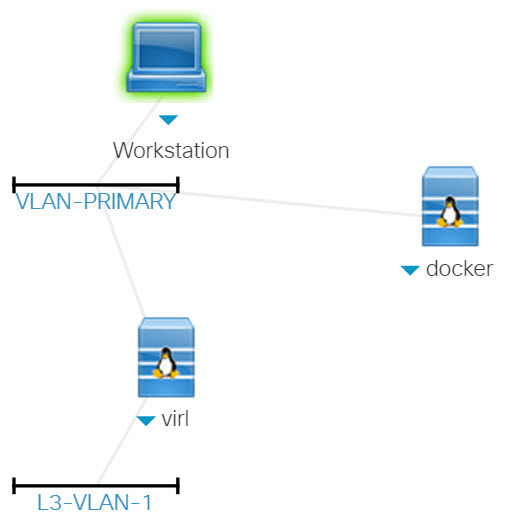Overview
This lab requires familiarity with the Cisco® networking architecture and routing fundamentals. This lab explores how to use Segment Routing (SR) in an LDP coexistence-internetworking environment and how to migrate an LDP-based network to an SR-based network.
This demonstration requires familiarity with networking architecture and routing fundamentals. For more information about SR, refer to www.segment-routing.net.
Check it out here: https://dcloud-cms.cisco.com/demo/segment-routing-ldp-v1
Scenarios
- Scenario 1: Configure Segment Routing
- Scenario 2: Prefer Segment Routing over LDP for IP-to-MPLS
- Scenario 3: Add Auto-Route Announce on the RSVP-TE Tunnels Between XRVR-2 and XRVR-3
Requirements
Components
- Cisco IOS XRv 6.2.1
- Cisco VIRL
Features
| VIRL | - Virtual environment for building network topologies
- Simulation of networking components
- Capable of running a range of virtual machines (VMs) running Cisco operating systems (IOS-XE, IOS Classic, IOS-XR, and NX-OS)
- Support for third-party VMs
- Capture and analyze network traffic at any node
- Validate configurations prior to physical deployment
|
|---|
| Segment Routing | - Segment Routing (SR) enables a unified, end-to-end, policy-aware network architecture from servers in the data center, through the WAN, and up to the aggregation.
- SR is designed for SDN because it seeks the proper balance between distributed intelligence, centralized optimization, and application-based policy creation.
- Other benefits of SR are related to operational simplicity, better scale (the SR policy is in the packet), and better utilization of the installed infrastructure (lower capex).
|
|---|
Topology
